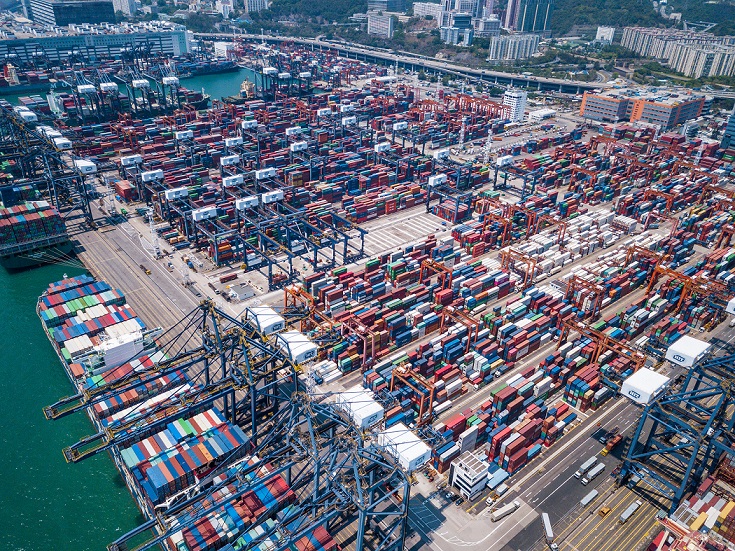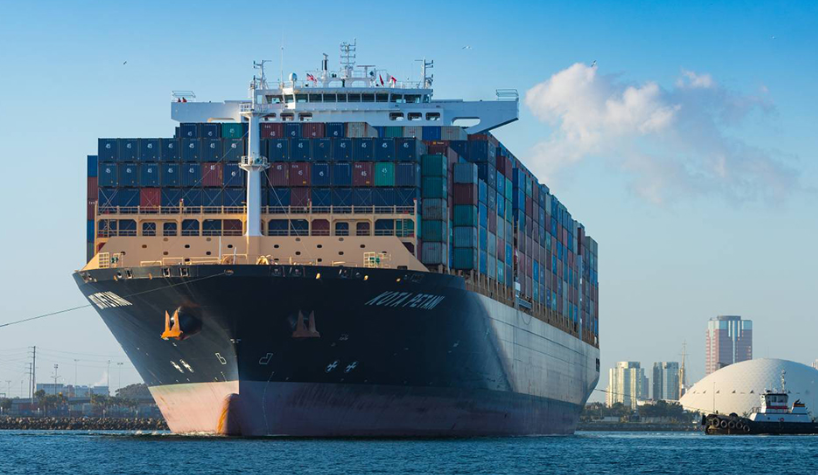Shipping and Logistics

Low Water Levels on Mississippi Could Disrupt Supply Chain
Written by Becca Moczygemba
October 5, 2023
Water levels on the Mississippi River continue to drop due to a lack of rain. This could potentially disrupt the steel supply chain should the low levels persist.
According to the US Army Corps of Engineers (USACE) for the Mississippi Valley Division, the Mississippi is currently 10-15 feet below its average level. Lisa Parker, a spokeswoman for the USACE, told Steel Market Update that they anticipate current conditions to continue for at least the next two weeks.
“We had a bit of water come in from the Missouri River. About 30% of the Mississippi’s water comes off the Missouri,” said Parker. “The bottom line is, we need rain.”
Kevin Dempsey, president and CEO of the American Iron and Steel Institute (AISI), noted that waterborne shipping is critical to the domestic steel industry. “Raw materials, semi-finished and finished steel products are shipped up and down the Mississippi River,” he said.
Recall that nearly one year ago, the same conditions impacted steel supply chains.
A pig iron importer told SMU that the low water levels are impacting barging costs.
“The lower water levels restrict the amount of material which can be loaded into barges and meet the reduced draft limits on the River. This has resulted in increased barge rates as much as 25-30%,” said the importer.
The source also told SMU that the price of barging from New Orleans to Chicago is currently around $31 per net ton for pig iron. When water levels were normal, the price was in the low $20s.
Potential impacts of a longer drought could mean closures on parts of the river for dredging.
“There would be one-way traffic and reduced barge sizes. Traffic would be significantly slower,” Parker said.
The Coast Guard has reduced draft on barges that can be towed between Memphis, Tenn. and St. Louis, and between Memphis, Tenn. and Vicksburg, Miss., said Parker.
“These lower drafts have created a shortage in available barges especially since we are in the middle of grain season,” said a raw material buyer.
While maintenance dredging is completed year-round along the river, nine out of 24 dredges are currently working in “hotspots” where the water levels are lower.
Dempsey said that low water levels on the Mississippi have impacted barge transport for many materials, including steel. However, he expressed that the industry is “dynamic and nimble” and continues to utilize alternate transportation solutions.
“Our members continue to work with the Army Corps of Engineers and our supply chain partners to ensure our customers’ needs are met. AISI will continue to monitor developments on this issue,” he said.

Becca Moczygemba
Read more from Becca MoczygembaLatest in Shipping and Logistics

US Great Lakes iron ore cargoes down notably through May
The Lake Carriers' Association reported a considerable decline in monthly iron ore shipments from US ports on the Great Lakes.

Wittbecker: West Coast port congestion
What's going on in West Coast ports?

Wittbecker: Mexico invests in port capacity despite US tariff troubles
The Mexican government aims to transform Manzanillo into the largest seaport in Latin America, capable of processing some 10 million TEU (20-foot equivalent units) per year by 2030. It is already Mexico's largest port and the third largest in Latin America, handling nearly 4 million 20-foot containers in 2024.

Wittbecker on Aluminum: When do the tariffs reach Main Street?
Containers sailing from China in April are down 15%-20% and Hapag Lloyd says their future bookings transpacific are down 30%.

Wittbecker on Aluminum: US-China trade war clobbers cross-Pacific trade
Container shipping lines have sharply increased blank sailings on Transpacific routes in response to escalating trade tensions between the US and China.
